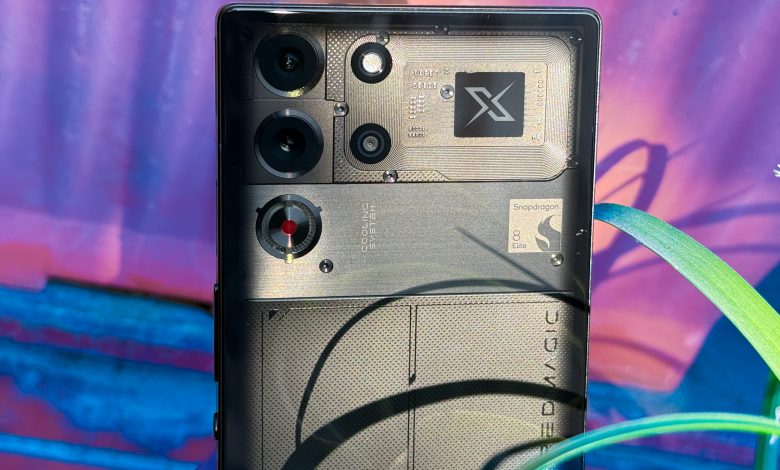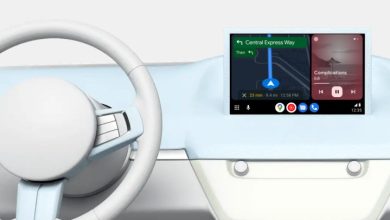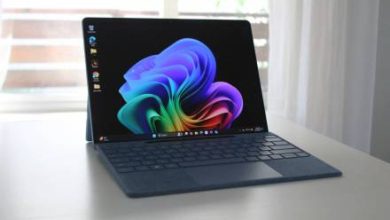Samsung might finally end battery size woes with Galaxy S26 series

Samsung smartphones might soon fix the worst chink in their armor. According to the South Korean daily FN News, the company is mulling plans to fit next-gen silicon carbide batteries inside its upcoming Galaxy S26 series flagship smartphones. And it seems the Chaebol’s mobile division won’t be pulling any punches.
As per the report citing industry insiders, Samsung could offer a battery as large as 6,000-7,000 mAh in capacity with the upcoming Galaxy S26 series. For comparison, Samsung’s current top-tier offering, the Galaxy S25 Ultra, comes equipped with a 5,000mAh battery. The competition, however, is already offering batteries of up to 7,000mAh capacity at nearly half the sticker price of Samsung’s flagships.
The Korean electronics giant is reportedly keen on deriving benefits of the silicon carbide battery tech, which promises higher energy density, allowing brands to fit high-capacity batteries in smaller packages. Take for example the Red Magic 10 Pro, a phone that is nearly as big as the Galaxy S25 Ultra, but offers a 7,000 mAh battery with 100W fast charging chops.
Samsung, however, is concerned about the hit on battery longevity. To fix that conundrum, the company is reportedly planning to experiment with different material choices, and adjusting the percentage concentration of silicon in the battery anode to achieve a denser, longer-lasting battery.
Please enable Javascript to view this content
Another advantage of silicon carbide batteries is that they don’t hamper the charging pace figures. For example, brands like OnePlus and Honor have already managed to fit massive batteries in their latest flagships while simultaneously offering charging rates north of 80W in wired mode.
To put that into perspective, Samsung’s current-gen phones only go up to 45W in wired mode, and far slower in wireless format. The OnePlus 13, on the other hand, allows 50W wireless charging, while Samsung’s best phones can only muster a peak top-up rate of 15W.

Now, the latest report emerging from Samsung’s home market isn’t a certainty that the Galaxy S26 series will finally put an end to arguably the weakest aspect of Samsung smartphones. The shift might take another year, or two, even. But it is definitely reassuring to see that Samsung is paying attention to practical innovations and might not remain a laggard for longer than it can afford to.
The company’s mobile division certainly appears to be chalking the right course lately. As per Counterpoint Research data, the Samsung Galaxy S24 Ultra marked the first time since 2018 that a Samsung Galaxy device has entered the top ten list of the world’s highest-selling smartphones each year.



